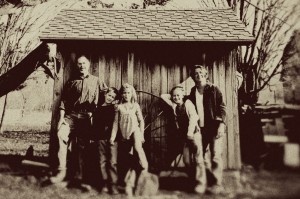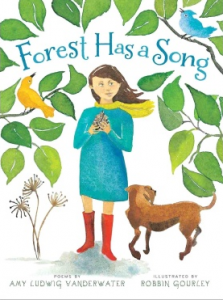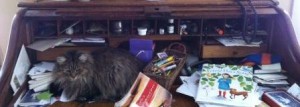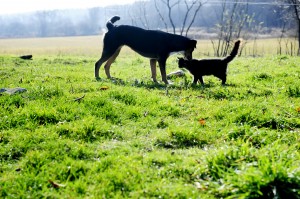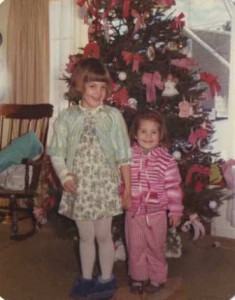Poetry doesn’t have to be “roses are red, violets are blue…” As David Lubar wrote in his novel, Sleeping Freshmen Never Lie, “There are as many types of poems as there are types of food. As many flavors, you might say. To claim you don’t like poetry because you hate ‘mushy stuff’ or things you don’t immediately understand is like saying you hate food because you don’t like asparagus.”
April is National Poetry Month, but don’t save these wonderful books for just one month – share them all year long!
For the youngest readers:
Silver Seeds written by Paul Paolilli and Dan Brewer, paintings by Steve Johnson and Lou Fancher (Viking, 2001) These poems are all about nature, and they’re all written in a form many kids recognize. When I show the first poem,
“Down goes the moon
And up comes the sun,
Welcoming the
New Day”
lots of hands wave in the air, “It’s an acrostic!” I love that the poems in this book aren’t just one word per letter, but you can show kids how to write acrostic poems using either one word to make a descriptive list, or several words per line to paint a broader picture.
For the transitional readers:
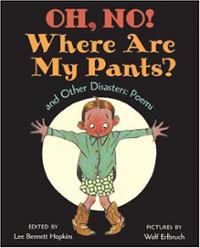
Oh, No! Where Are My Pants? And Other Disasters: Poems edited by Lee Bennet Hopkins and illustrated by Wolf Erlbruch (HarperCollins, 2005) From the funny “Oh, No!”
“Hello apple!
Shiny red.
CHOMP. CHOMP.
Hello worm.
Where’s your head?”
to the more poignant “My Friend is Gone” or “Winter Rabbit”, this variety of disaster poems will give kids at least one poem to which they can totally relate.
For the older readers:
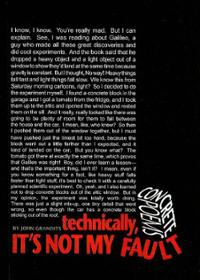
Technically, It’s Not My Fault by John Grandits (Clarion, 2004) All I have to do is read the title poem on the cover of this book (about recreating Gallileo’s gravity experiment with a tomato and a concrete block pushed from the attic window) and kids clamor for it. Grandits has such a fantastic sense of humor, and his voice as this kid, Robert, rings true. For kids who say they don’t like poetry, this book of concrete poems will hook them.








